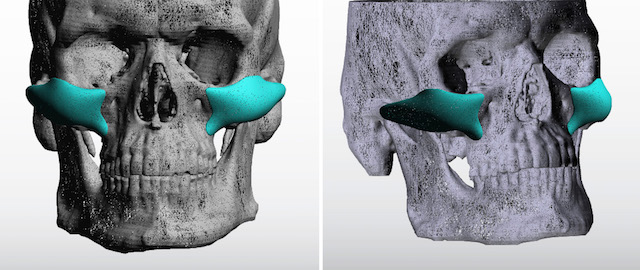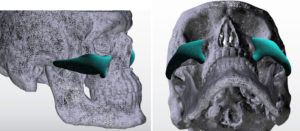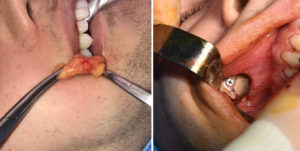Background: In the effort to create a more defined face on the younger patient, the combination of skeletal augmentation and soft tissue reduction remains the main efforts to do so. While there are different ways to consider augmenting the facial bones, the definitive, most powerful and long-lasting are implants that push the soft tissues off the bone. When it comes to soft tissue reductions in young patients the options are limited and include buccal lipectomies, perioral liposuction and submental/neck liposuction.
The search for more defined cheeks, while once meaning a round anterior fullness (apple cheeks), is not the type of cheek augmentation that some patients want today. This is particularly true in men. They seek a different cheek look which is often referred to as the Model Cheek Look. (MCL) Anatomically this means a combined zygomatic body and arch augmentation along its entire length. When augmentation is done at this level it creates a higher cheek augmentation effect with a distinct line running across the midface. This looks is likely appealing because it mimics a linear facial effect much like that of the jawline.
To complement this type of cheek augmentation effect is the defatting that can be done beneath it. Most recognize the value of buccal lipectomies but fail to realize that this effect is limited to the immediate submalar area. To extend that effect more completely closer down to the jawline it must be combined with the removal of subcutaneous fat (perioral liposuction) from the ‘lower half’ of the cheek.
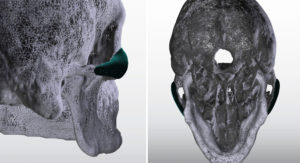

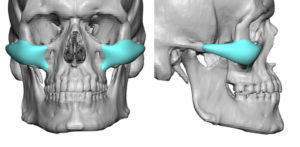
Case Highlights:
1) The search for a specific cheek augmentation in young patients leads to what is called the Model Cheek Look. (MCL)
2) To create the MCL cheek augmentation effect it takes an implant that covers the entire zygomatic bone-process and has a more horizontal line of augmentation and not an oval shape.
3) A custom cheek-arch implant style is combined with submalar defatting procedures to create the MCL effect.
Dr. Barry Eppley
Indianapolis, Indiana

